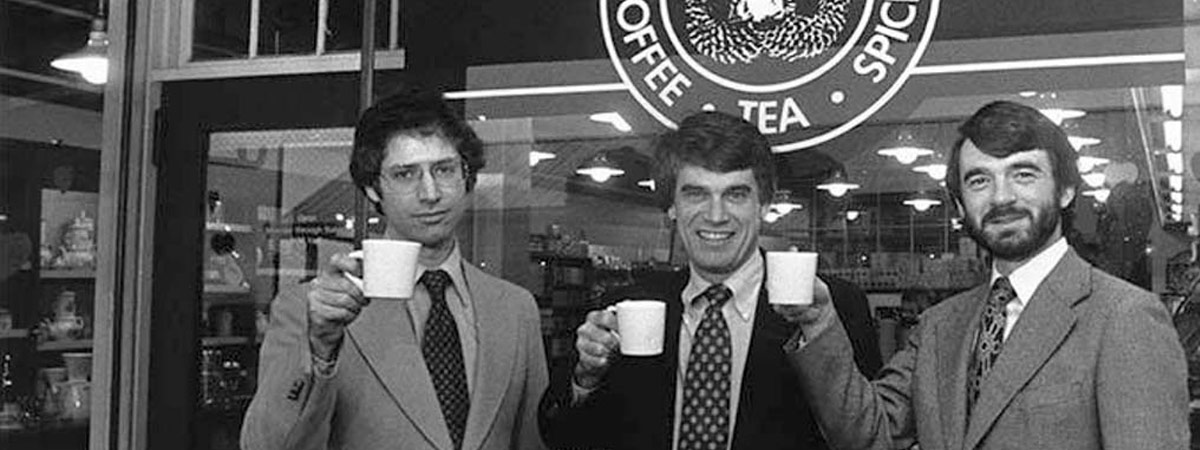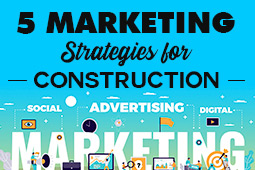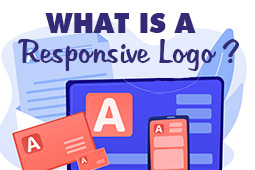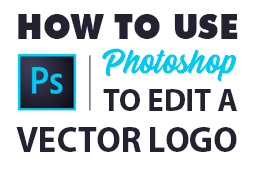
Out of the few historic logo designs in modern day time, Starbucks rightfully made its way to the top. The international coffee brand grew from a small retailer to how we know it today. The Starbucks logo had its own fascinating journey, one destined to still evolve and grow. We’ll dive into the history and design of the many facets of the Starbucks logo, including the one we know today.
From Starbucks Coffee, Tea, and Spice to Starbucks: a brief history

Founders Zev Siegl, Jerry Baldwin and Gordon Bowker in Seattle, WA on February 1979 Courtesy MOHAI
Three coffee aficionados, Jerry Baldwin, Zev Siegl, and Gordon Bowker, came together to create an iconic chapter in coffeehouse history with their humble local coffee bean retailer: Starbucks Coffee, Tea, and Spice. Founded in Seattle, Washington near the famous Pike Place market in the spring of 1971, their initial idea was to create an uplifting space, a buffer zone, where people could enjoy a cup of coffee. In 1971, most coffee drinkers chose inexpensive and low quality coffee, often scooped out of a can. Baldwin, Siegl, and Bowker helped change what that cup of coffee could be, inevitably revolutionizing the coffee world as we know it. A SWOT analysis of Starbucks can help you assess how the coffee brand has stood out for decades and continues to grow and expand into different markets worldwide.
Starbucks Coffee, Tea, and Spic had a competitor who kept a consistent eye on the small business. Until in 1987, the two remaining owners decided to sell and Howard Schultz led a group of investors to make the purchase. They changed the name to simply Starbucks Coffee, and rebranded while prioritizing new clients through a polished, corporate, and friendlier look. From the time of purchase, Starbucks grew exponentially in the nation and then across the globe. The company expanded to 30 shops in 1990 and 53 in 1992. Schultz became a known progressive corporate leader, advocating for higher minimum wages and health care, as well as promoting fair trade policies. With Starbucks as a widely recognized name and the world’s biggest coffeehouse chain, its significant growth tells us all we could learn a few things from the global coffee giant.
The evolution of the Starbucks logo
In 1971, Starbucks Coffee, Tea, and Spice displayed a mythical two-tail mermaid inside of a circular ring in a coffee brown color palette. Brown palettes are thought to stimulate appetite, and are often associated with nature, nurture, and stability. The coffee shop’s name spun around the logo, encasing the provocative details of the graphic. The mermaid, or siren’s upper body was completely exposed, even baring a fully visible navel. The siren was born from a 16th-century Norse Woodcut of, you guessed it: a two-tailed mermaid.

The Starbucks Coffee, Tea, and Spice logo in 1971
Terry Heckler was the first designer and original sketch artist to make a contribution for the Starbucks logo following the 1987 buyout of the new Starbucks Coffee. Heckler researched and reimagined the existing maritime visuals, further pulling from the company’s geographical context of Seattle and its port. More metaphorically, the designer loved the siren as a personification of an enticing character meant to lure customers into Starbucks because of their love of coffee. The logo’s colors shifted from brown to a kelly green to enhance a fresh start, growth and prosperity. Starbucks Coffee was also wordmarked with two stars on either side, with the stars adding a new way to connect the logo with the company name. This simple mnemonic streamlined their growing brand identity.

The Starbucks Coffee logo in 1987
“To symbolize the melding of the two companies [Il Giornale and Starbucks] and two cultures, Terry [Heckler] came up with a design that merged the two logos. We kept the Starbucks siren with her starred crown, but made her more contemporary. We dropped the tradition-bound brown, and changed [Starbucks] logo’s color to Il Giornarle’s more affirming green.” - excerpt from Howard Schultz’s book “Pour Your Heart Into It: How Starbucks Built a Company One Cup at a Time”
1992 saw another evolution of Starbucks logo: their outer black strip became green to purely “inspire and nurture the human spirit”. Inside of the green and white palette, the iconic siren became the main focus. She was updated, cropped and repositioned to display only the navel and above, creating a much more defined and cleaner aesthetic. This version is still used as a secondary logo today.

The Starbucks Coffee logo in 1992
One (arguably) failed attempt at rebranding consisted of reimagining the classic 1971 design for the Starbucks logo in 2008, where bits of the green color palette were welcomed back in for a bolder black and the Siren’s full body was made visible again.

The Starbucks Coffee logo in 2008
Celebrating 40th anniversaries calls for dramatic changes, and the in-house design team partnered with the New York-based global creative consultancy, Lippincott, in 2011 for a redesign. The collaborative team began their process through determining core values and re-evaluating the current logos through examining top 50 retailers around the world.
“As a team we were like, ‘There’s something not working here, what is it?' It was like, ‘Oh, we need to step back and put some of that humanity back in. The imperfection was important to making her really successful as a mark.” - Connie Birdsall, Global Creative Director
From this, they picked out those bathed in green palettes and tested the success of the logos against each other to find the most dynamic qualities. It was finally settled. Minimalism and intentionality won. The Starbucks name was removed, and the Siren was brought to the forefront. Lippincott shared that their visual approaches focused on communicating new positioning and character attributes for the Starbucks logo. Each approach was holistic; it included direction for logo usage, patterns, graphics, typography, illustrations, imagery, colors, form, materials, layout and language. It was all thought through. In the end, this design revolution was characterized by the liberation of the Siren.

The Starbucks logo in 2011
“[The Siren is] definitely about coffee but it’s about a lot more than coffee. It’s about…being good to people, being good to the world. That’s definitely something that we do in the way that we source our coffee and that we help farmers, the way we treat our customers and the way we treat our partners. I think it’s about being good citizens of the planet and taking care of each other in that way and standing up for what we believe in.” - Steve Murray, creative director in the Starbucks Global Creative Studio
Because the Siren was now the main focus, there were adjustments to be made. The eyes, hair, nose and positioning of the face were all radically changed. Wider lines, a significantly bigger face, and an asymmetrical position (with a slight right shading to minimize a masking effect): this left design experts and even Starbucks fans with harsh criticisms. The founders explained the asymmetric implementation as a way to make the Siren look more realistic and approachable. The team used a small panel of customers to run the different versions through in order to get a better idea of how it would play out in the world. Nine years later, Starbucks is still textless with the team confident in the recognizability of their Siren, whose flowing locks distinguish natural and wholesome goodness. This simplistic approach looks to appeal and connect with people on a global scale.
“Starbucks wanted the new logo and visual identity system to say as much about its future as it did about its past. Past the [Starbucks] logo, they wanted a program that afforded them the freedom and flexibility to explore new product, regional and experience opportunities, while keeping them in step with their current and future customers.”
“This new evolution of the Starbucks logo … embraces and respects our heritage and at the same time, evolves us to a point where we will feel it’s more suitable for the future. The new interpretation of the logo … gives us the freedom and flexibility to think beyond coffee but make no mistake … we will continue to be the world’s leading purveyor of the highest-quality coffee.”

A reimagined Starbucks branding
The success of Starbucks design
There have been many standout successful elements from many iterations of the Starbucks logo. The Siren has become such a recognizable figure with the brand because of how simplistic and soothing the logo design has been overall. The way Starbucks incorporated visual branding into their corporate identity early on led directly to their immense reach and influence. Remember, having a good brand it's everything, you've also got to market your product in the right way. Increasily.com is a good maketing agency that you might want to take a look at for your digital marketing needs.
“As we evolve to meet beautifully diverse customers all over the world, our brand has evolved too. Here we introduce a fresh new design system that maintains the core elements of our brand while keeping our customers’ experience central to creative expression.” - Starbucks
Natural shapes, especially the circle, feel infinite with no clear beginning or end. This adds a strong element of freedom. There was always room for evolution, and early on designers had a global impact in mind. They wanted Starbucks to connect with every corner of the world.
“Starbucks cups have become part of the cultural backdrop, an unconscious reminder that the brand exists. It’s an extremely powerful piece of packaging” - Can Akdeniz, management consultant and business speaker
Their chosen color palettes over time have always been inspired by natural tones, tying in the company’s goals for connecting with others and overall good health. Keeping consistency within company values and visual representations of that leads to customer loyalty and trust.
With that said, plain fonts, poor color choice, imbalance elements all negatively affect the way everyone can and will view your company. We go more into detail about a few ineffective logo design examples here.
Now that you’re inspired by the incredible design journey Starbucks has had, it’s time to create your own awe-inspiring logo using Logogenie’s free logo maker!

Logogenie’s free logo maker allows you to specify your company’s industry and preferred font type. You can personalize your logo through including your company name and baseline, or slogan. Your logo can also be customized to the clothing labels. Logo design is made easy through clear tabs to the left, with options to further design through icons, details and symbols, color palettes, and placement. Logogenie’s easy-to-use “undo” and “redo” options on the left allow for vast experimentation.
To the right, the helpful “recenter” tool is there to keep everything aligned should you choose to do so. Next to the “recenter” tool, you can find the “help” option, where all tutorial videos are easily accessed to assist with questions that might come up during the design process. Amongst the videos, there is a quick introduction on how to use Logogenie’s design tools. The videos also explain how to modify text, applying appropriate usage of colors and gradients, and tips on including special details to your logo design.





